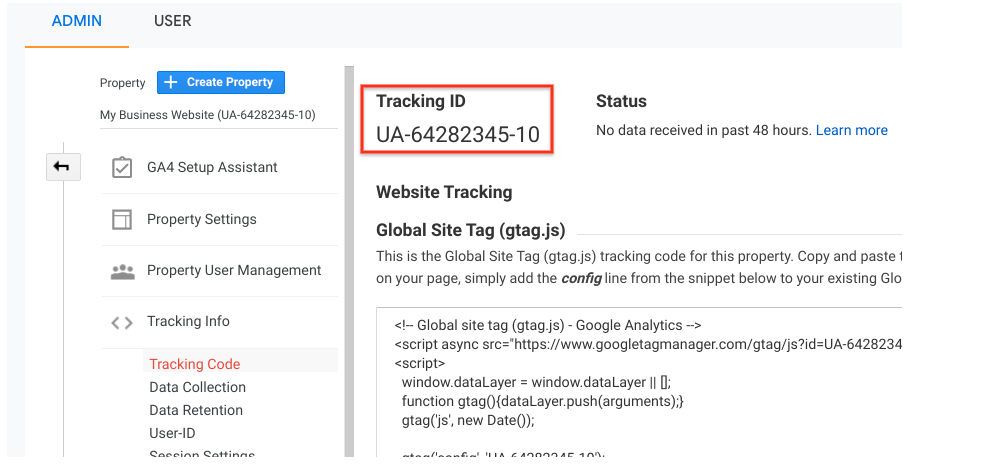Mastering the Art of Conquering Information Collection Limitations in Google Analytics for Better Decision-Making
In the world of digital analytics, the ability to remove meaningful understandings from information is vital for informed decision-making. By using tactical methods and advanced techniques, companies can elevate their information top quality, unlock concealed understandings, and pave the means for more reliable and enlightened choices.
Information Quality Analysis
Data top quality assessment entails assessing numerous aspects such as accuracy, completeness, consistency, and timeliness of the information. One crucial facet to think about is information accuracy, which refers to how well the information shows the real worths of the metrics being determined.
Efficiency of data is an additional vital consider analyzing data high quality. It includes ensuring that all essential data factors are collected which there are no spaces in the details. Incomplete information can skew evaluation results and prevent the ability to get a comprehensive sight of individual behavior or site performance. Uniformity checks are likewise vital in information quality analysis to identify any type of inconsistencies or abnormalities within the information collection. Timeliness is just as crucial, as outdated data might no more be appropriate for decision-making processes. By prioritizing information top quality evaluation in Google Analytics, services can boost the reliability of their analytics reports and make more enlightened choices based upon precise insights.
Advanced Monitoring Methods
Utilizing innovative tracking techniques in Google Analytics can dramatically improve the depth and granularity of information accumulated for more detailed analysis and understandings. One such strategy is occasion tracking, which permits the tracking of specific communications on a website, like click buttons, downloads of data, or video clip sights. By applying occasion monitoring, organizations can get a much deeper understanding of user behavior and involvement with their on the internet web content.
Furthermore, customized measurements and metrics offer a method to customize Google Analytics to details business needs. Personalized measurements enable the development of new data points, such as user duties or consumer sectors, while personalized metrics make it possible for the monitoring of special efficiency indicators, like earnings per user or average order value.
In addition, the use of Google Tag Manager can improve the execution of monitoring codes and tags throughout a website, making it simpler to handle and deploy sophisticated monitoring configurations. By harnessing these sophisticated monitoring methods, services can open beneficial insights and enhance their on-line strategies for better decision-making.
Custom Dimension Application
To improve the deepness of information collected in Google Analytics past advanced tracking strategies like occasion monitoring, businesses can implement custom dimensions for even more customized insights. Customized measurements permit organizations to define and collect specific data factors that are pertinent to their special goals and goals (What Data Does Google Analytics Prohibit Collecting?). By assigning custom-made measurements to various components on an internet site, such as customer interactions, demographics, or session details, organizations can acquire a more granular understanding of just how users involve with their on the internet homes

Acknowledgment Modeling Approaches
By utilizing the ideal acknowledgment model, businesses can accurately associate conversions to the ideal touchpoints along the consumer journey. One typical attribution version is the Last Communication version, which gives credit score for a conversion to the last touchpoint an individual engaged with before converting.
Information Sampling Evasion
When dealing with big quantities of data in Google Analytics, conquering data sampling is vital to make sure accurate understandings are acquired for informed decision-making. Data sampling takes place when Google Analytics approximates patterns in information rather than evaluating the complete dataset, potentially leading to manipulated outcomes. By taking these proactive steps to decrease data tasting, companies can remove more accurate insights from Google Analytics, leading to much better decision-making and enhanced general efficiency.
Verdict
To conclude, grasping the art of overcoming information collection limitations in Google Analytics is essential for making notified decisions. By carrying out a thorough information quality analysis, carrying out sophisticated monitoring techniques, using custom dimensions, employing attribution modeling methods, and avoiding information sampling, businesses can guarantee that they have reliable and precise data to base their choices on. This will inevitably bring about more effective strategies and better outcomes for the company.
